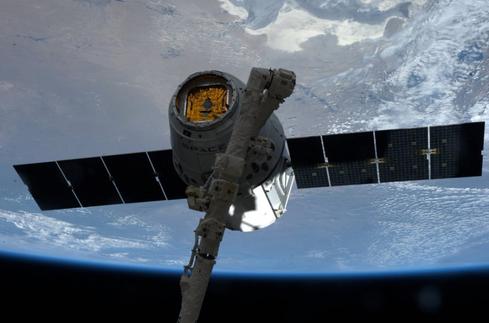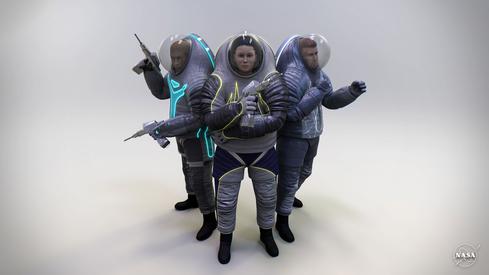Four commercial HD cameras aboard the International Space Station stream live video of Earth from space.


NASA's Next Spacesuit: Mars Fashion
NASA's Next Spacesuit: Mars Fashion (Click image for larger view and slideshow.)
Have you ever wondered what Earth looks like from space in high definition? Just follow NASA's new live video feed from the International Space Station (ISS) on Ustream.
On April 30, the space agency activated its High Definition Earth Viewing (HDEV) experiment, involving four commercial HD cameras aboard the ISS. The Earth-facing cameras, which are enclosed in a pressurized and temperature-controlled housing, began streaming video live to the world on May 1. But viewers will have to wait a little longer to enjoy the live feed.
NASA ran into some problems when the video feed went offline due to a communication issue between HDEV and ground stations. The live stream is down temporarily, but NASA is working to fix the issue, said a spokesperson for the agency. A NASA spokesperson didn't give a timeframe.
The experiment was transported April 18 on a SpaceX CRS-3 cargo resupply mission to the ISS. The SpaceX Dragon spacecraft carried approximately 2.5 tons of science investigations, vehicle hardware, spacewalking equipment, and supplies for the crew. HDEV was one of the first payloads to be delivered in the unpressurized "trunk" of the Dragon, the spokesperson said.
[The Hubble Space Telescope has helped solve huge questions about space. See Hubble Turns 24: 5 Biggest Discoveries.]
The box containing the HD cameras is currently attached to the Harmony module, a utility hub that supports systems essential to the ISS. High school students helped design of some of the HDEV components as part of a program called High Schools United with NASA to Create Hardware (HUNCH). The majority of the operations will also be performed by student teams, according to the agency.
HDEV cameras are fixed and require no zoom, pan, or tilt mechanisms. "The video imagery is encoded into an Ethernet compatible format for transmission to the ground and further distribution. In this format, the video can be viewed from any computer connected to the Internet," NASA said on its website.
The experiment's goal is to assess camera quality for use in space, while also capturing Earth imagery. NASA hopes to find out how the hardware is able to survive and function in the extreme radioactive environment of low-Earth orbit. This will help engineers decide which cameras are best to use on future missions.
This isn't the first time that NASA has streamed video from the ISS. There is a separate live video feed that has been around for several years. The Live_ISS_Stream on Ustream takes NASA's regular downlink video feeds from the ISS and offers them to the public, sometimes including video from inside the station. Unlike the HDEV experiment, the feeds are transmitted in standard definition. It is the first of six downlink channels available to mission controllers to monitor and assist astronauts in orbit in real-time.
NIST's cyber-security framework gives critical-infrastructure operators a new tool to assess readiness. But will operators put this voluntary framework to work? Read the Protecting Critical Infrastructure issue of InformationWeek Government today.
About the Author(s)
You May Also Like







